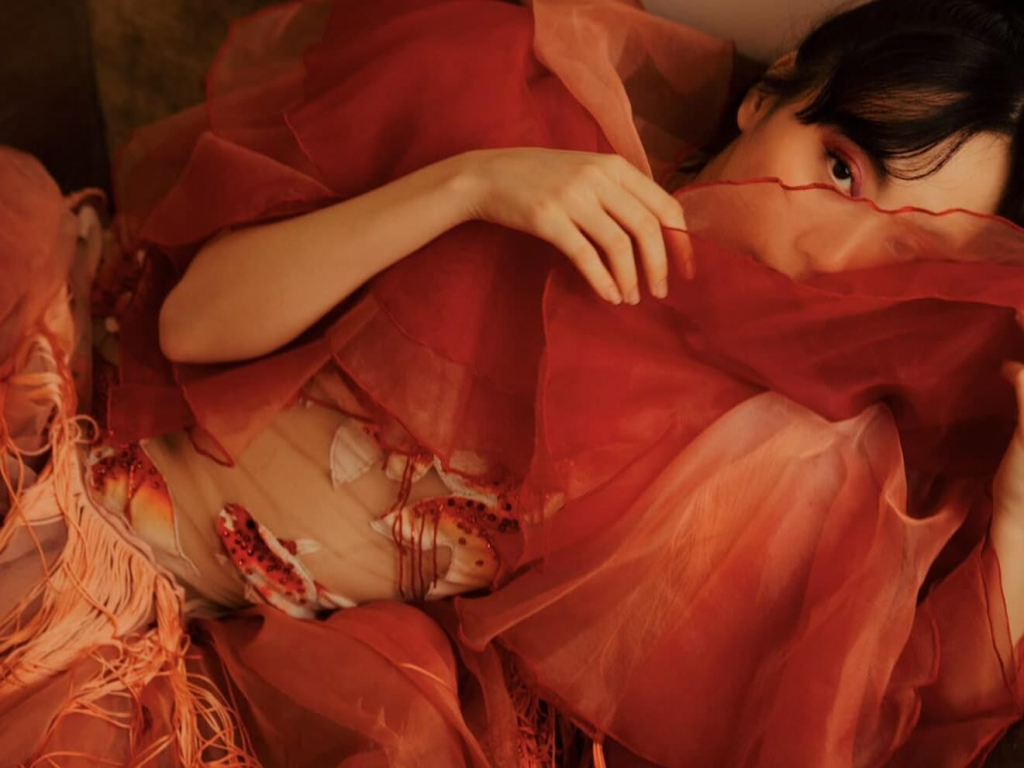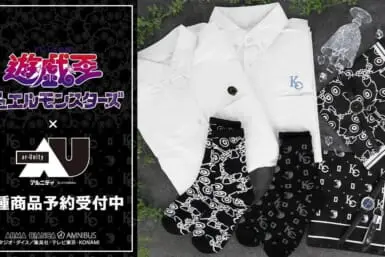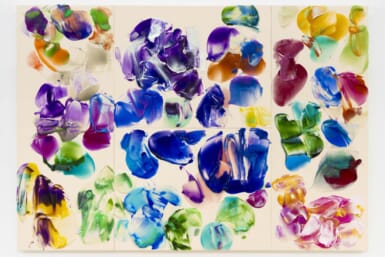Solène Ballesta grew up in Versailles, on the outskirts of Paris. Maybe we would expect Ballesta, a photographer, to stay in one of the most photographable towns in the world, but she had always wanted to go abroad. After spending seven years in Paris art schools, the city having provided much nourishment and ease as an artist, she came to Tokyo.
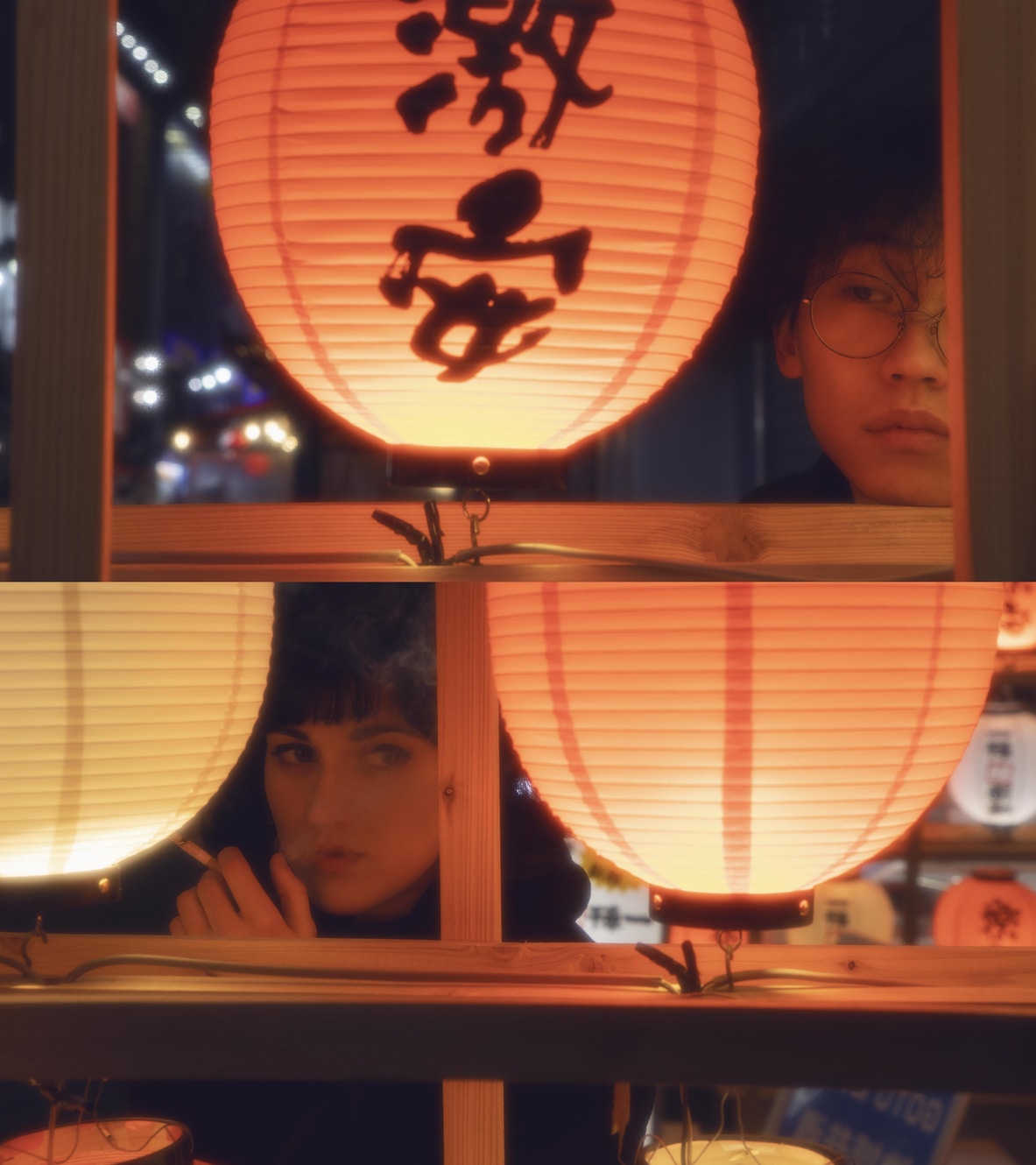
She started making VHS videos with her brother when she was young. At 14 or 15, she started taking self-portraits in nature settings – “a very teenage feeling.” Her current photos, despite the pristine theater she creates in them, despite their meticulous staging, and the “professional” look that naturally follows, still seem to bear the traces of youthful experimentation.
But what constitutes this “youthful” quality? Perhaps it is how she does not avoid artificiality or even excess; or it is the clarity of the symbolism; or the subdued, tongue-in-cheek humor of these symbols; or simply the width of her imagination. When I chatted with her, simple questions (“How did you get started in photography?”) gave way to colorful discussions about the internet, censorship, modesty, cinema, art history. She is bubbling with opinions about creativity and culture in this age.
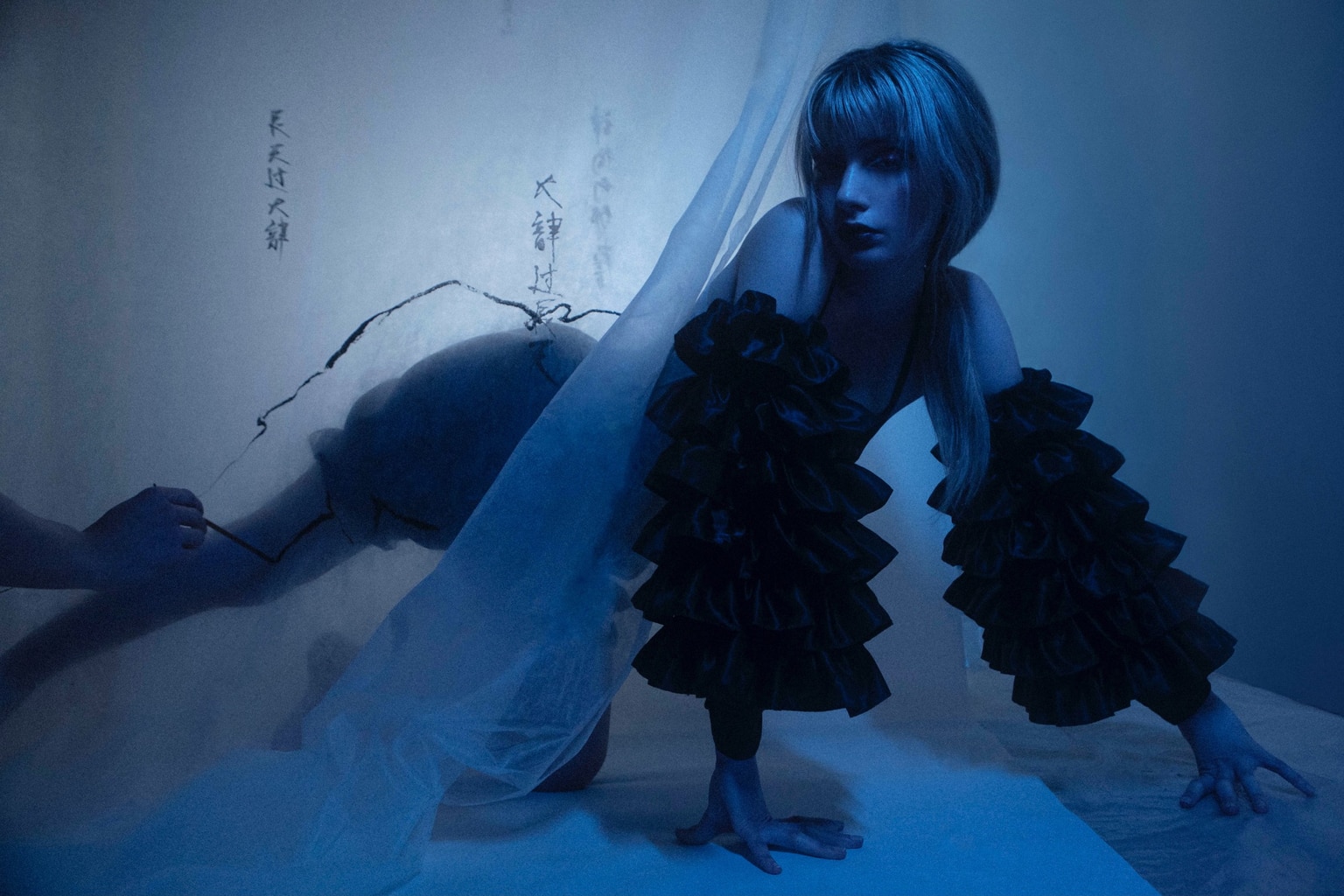
While Paris art museums are free, the artistic circle is tight and Ballesta’s network was well-established there, the art world proved to be too limited, as did the physical city.
“What I love about Tokyo is that it’s huge, it’s infinite, and I feel everything is possible here,” she muses. “I want to view the most hyperactive places on earth because…it totally matches my rhythm, these super-speed, intense cities.”
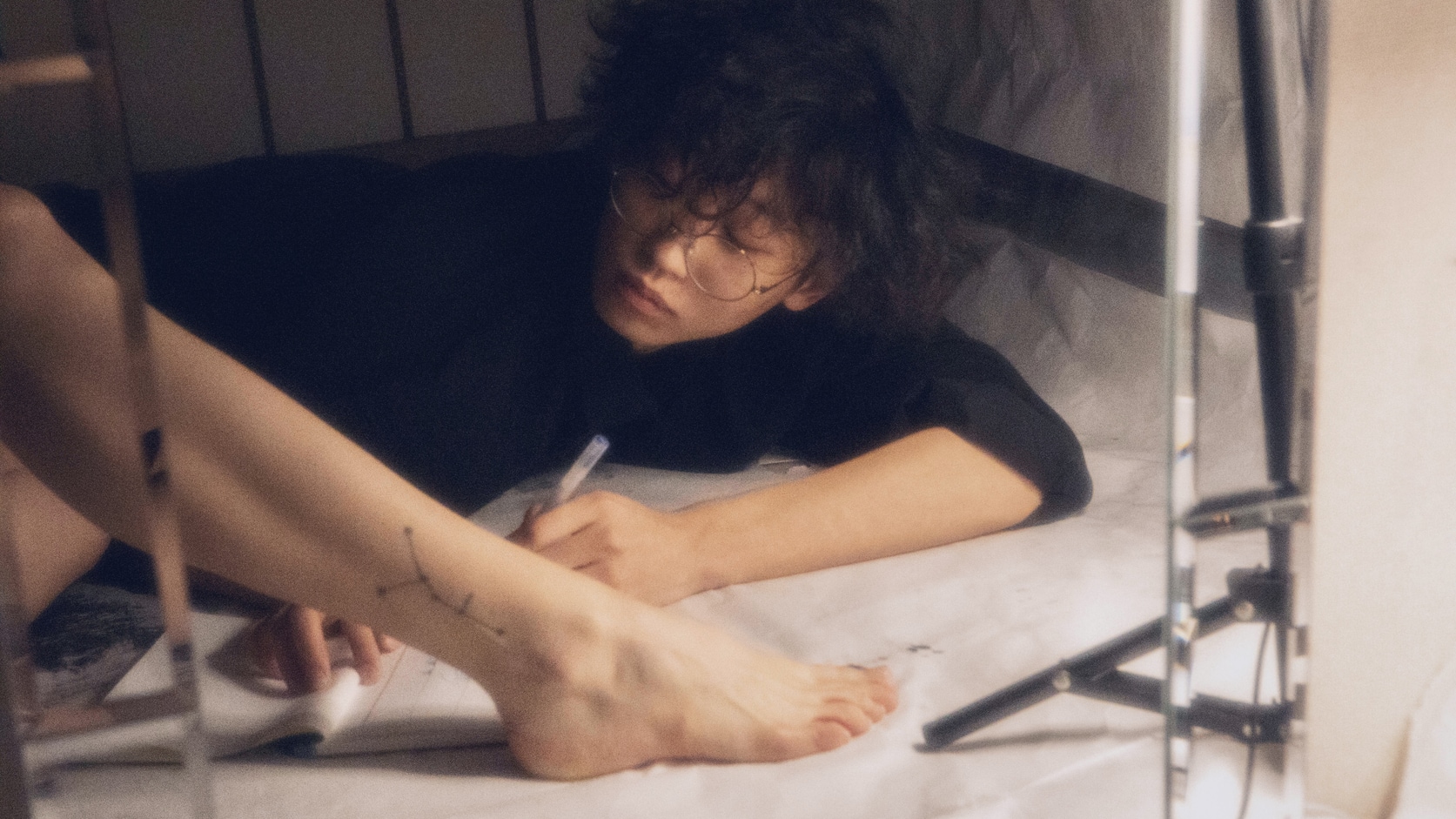
She is close to many of her models, and perked up as she talks about having creative harmony with them – about how, when giving them creative direction, they can often sense the next move. When her compositions rely so much on bodies and their contortion, a level of intimacy between artist and muse is necessary. That is why she often models in her own photos. Self-portraiture – if you can call it so, as Ballesta seems to play various characters in her pictures – allows for total, directorial control of the image. The most bizarre scenarios can be performed: a phallic sushi roll situation, the exchange of an octopus tentacle between two mouths, snow acting as calligraphic canvas.
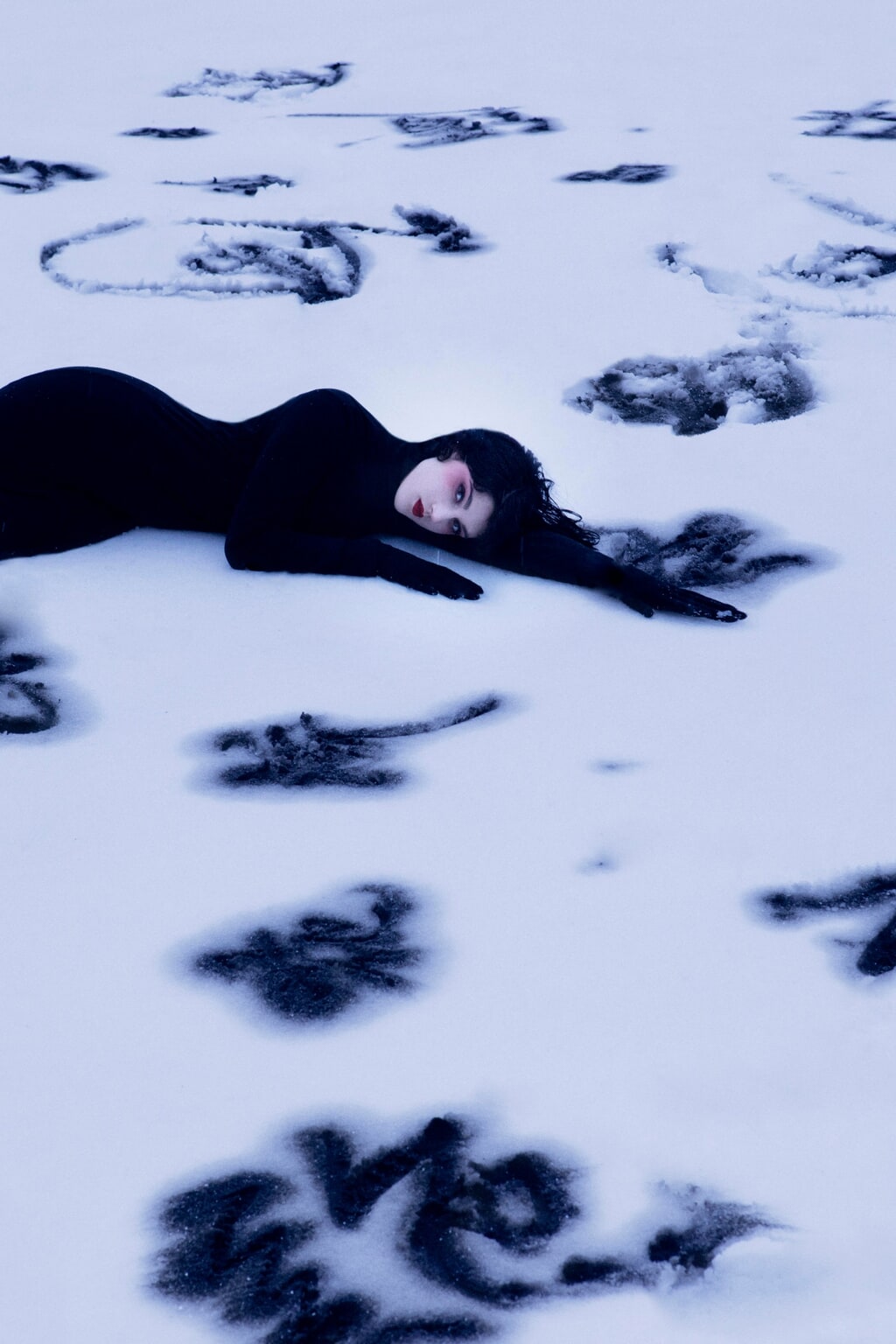
Ballesta shows an openness towards the career and distribution side of her photography analogous to the unbridled imagination of its content. While she recognizes how social media platforms like Instagram can come to produce identity issues in the burgeoning artist, she argues they have incredible utility as an inspiration stream. Having grown up when social media too was in its infancy, when she was younger the only moodboard fodder (that she could keep and refer to) came in art books of famous photographers. But now the work of endless young and up-and-coming creators is at her fingertips. The artist “circle” does not exist in the age of SNS; it is now more of an amorphous web of image-makers, where communication barriers of geographical distance cease to exist.
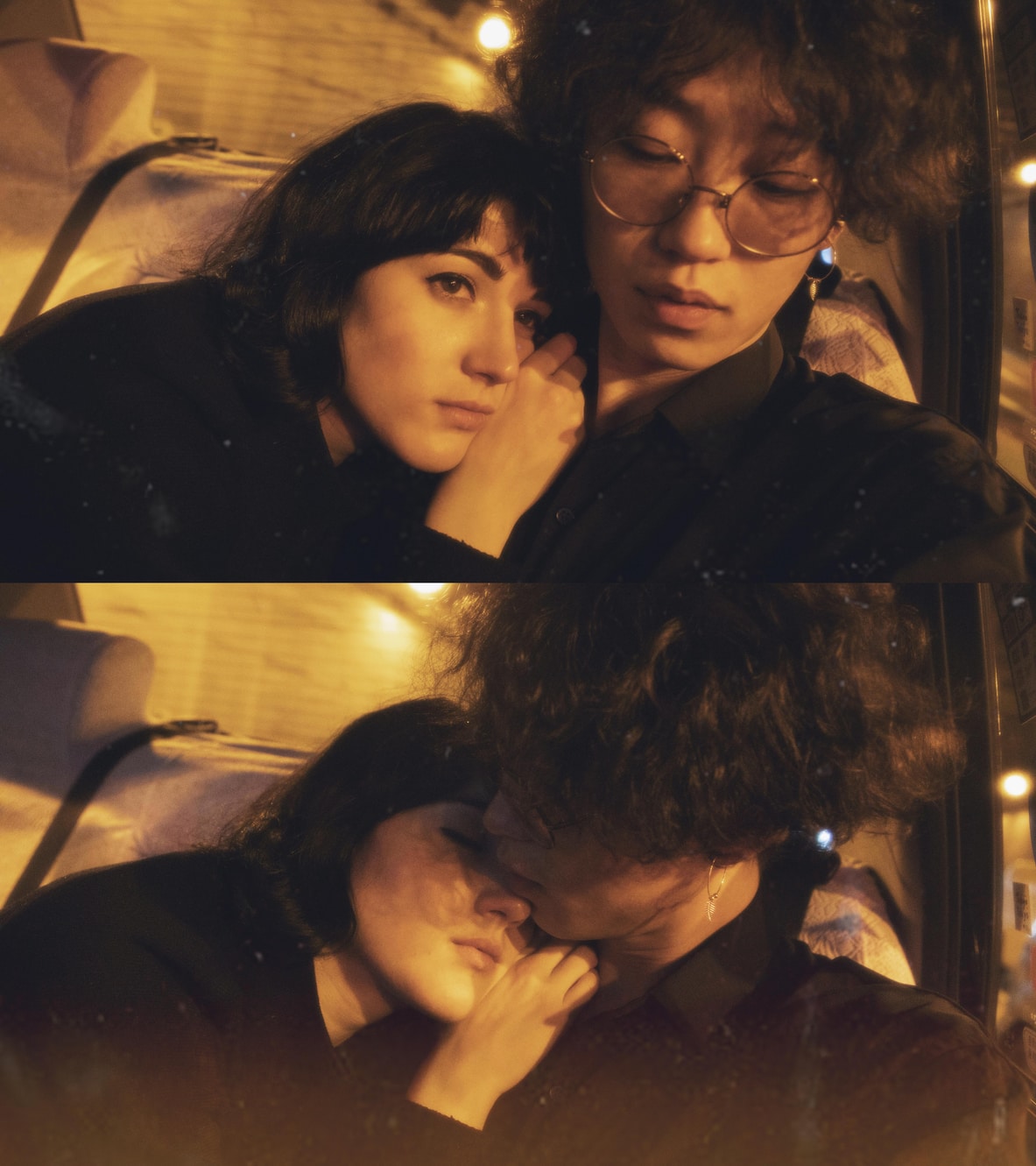
She emphasizes the necessity of social media for the artist in getting jobs and contacts and, of course, doing outreach. Its value, however, is not limited to its marketing power. It is also a record of the visual tastes of an age or area. While it is important to distinguish yourself from other artists on your feed, it is also useful, especially as a creator from abroad, to familiarize yourself with local artists’ work. She says, “This [art shared on social media] is our area aesthetic. It’s part of art history, this Instagram feed. So if you want to get into your area…it’s kind of great to [identify] yourself with these images as well.”
Using Instagram, for all its value, has required her to make creative sacrifices. With many nude people featuring in her portfolio, the platform’s terms of use can prove particularly oppressive. She feels ultimately that the platform provides so many opportunities that the nudity strikes are part of a deal, but still bristles at the increasing and often arbitrary censorship: “Sometimes they just go crazy, like, Hey, why’d you delete this? It’s nothing, here is my friend in a bikini on the beach. I feel like it’s getting worse and worse.”
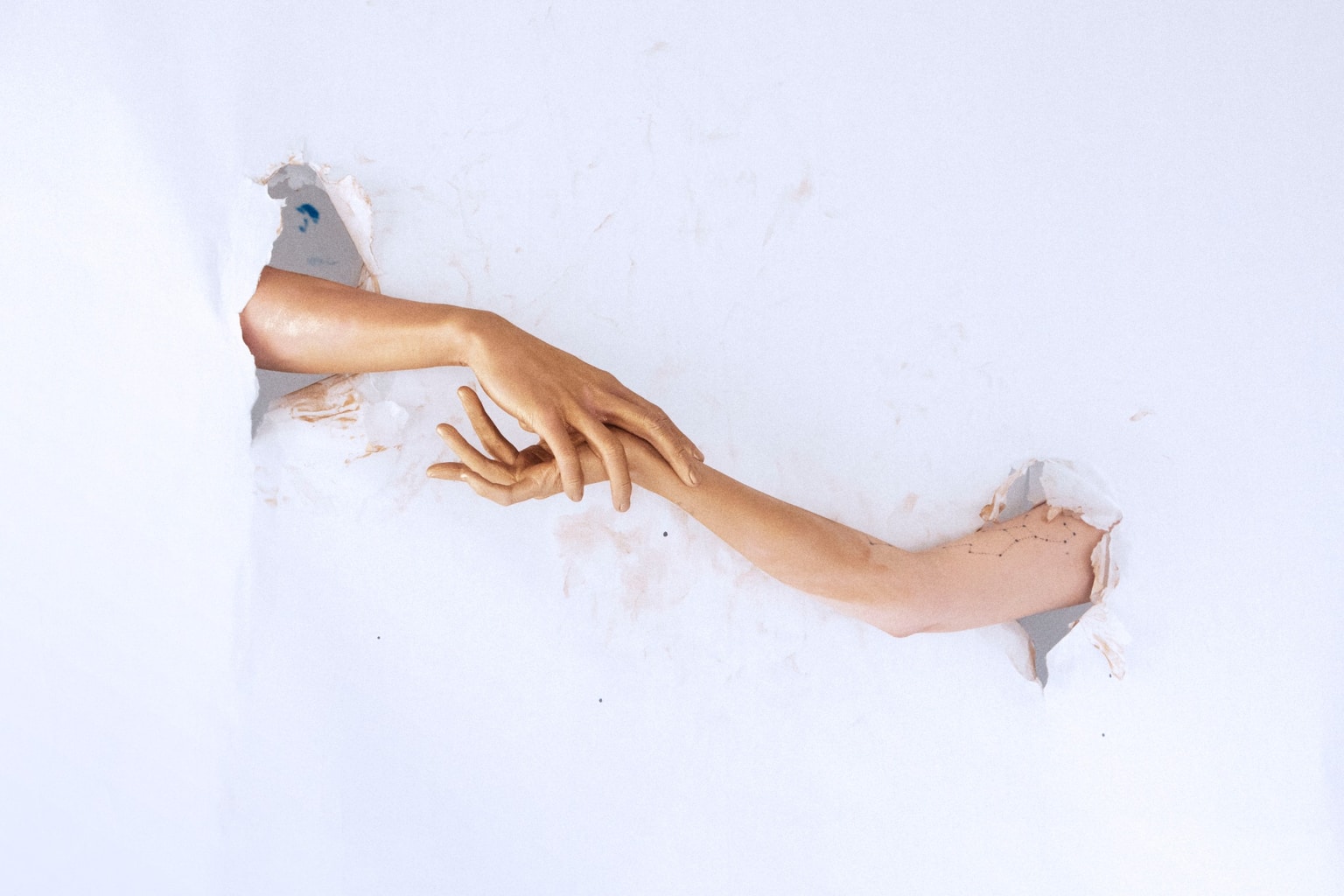
This got us to talking about nudity and erotica. I brought up the Japanese photographer Nobuyoshi Araki, thinking about his beautiful, disheveled, carnal models. While Ballesta says she is different from Araki, she admires how he destigmatized nudity and eroticism in ways, showing that nudes can be funny, aesthetically beautiful, fantastical, morbid. She aims for this kind of ambiguity in her pictures, too, where viewers must ask if the scene is real or a performance.
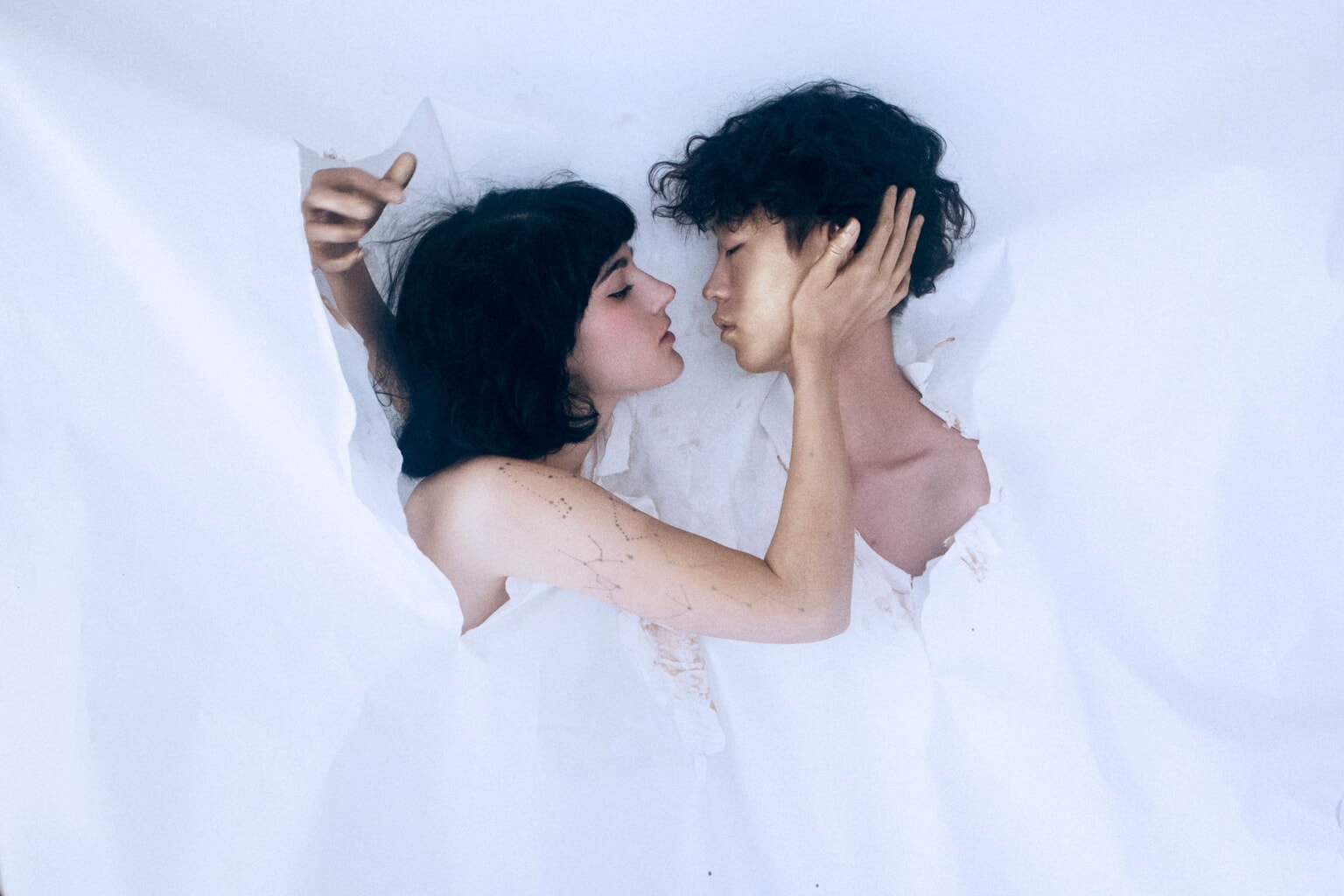
Ballesta says, “I think I’m focusing my nude works into tenderness, softness, but not something cheesy – something still very strong-willed and sexual as well… I want to explore this part of eroticism that belongs to human love and affection. And staging it, but making it look like snapshots, is also something I love. Photography is really great because you can be at the border of fiction and reality… I also love to use photography as a pure theater.”
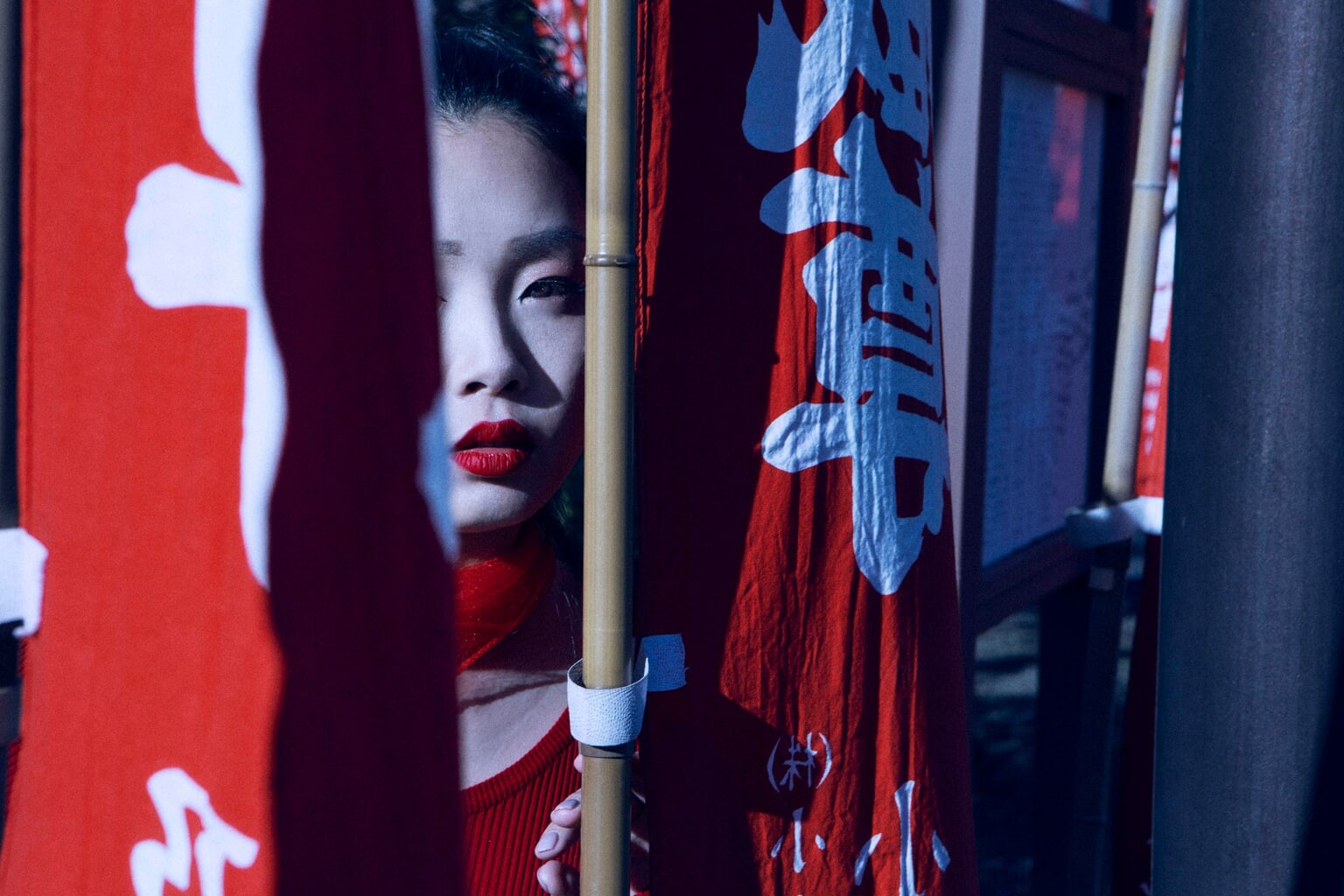
Witnessing intimacy in a photograph, she continues, is what makes the erotic so fascinating. She wants to provoke a feeling in her viewers, of, “Should I be seeing this? Has she gone too far?”
The words pour out of her and they rarely betray any hesitation or ambivalence, even when she speaks of the future. After travel and life free up, she plans to move to Shanghai. Doubtless, the city has no dearth of material for Ballesta’s semi-fantastical photographic theater.
To see more of Ballesta’s work, check out her website or Instagram.
This article was published in the Sep-Oct 2021 issue of Tokyo Weekender. To flip through the issue, click the image below.

